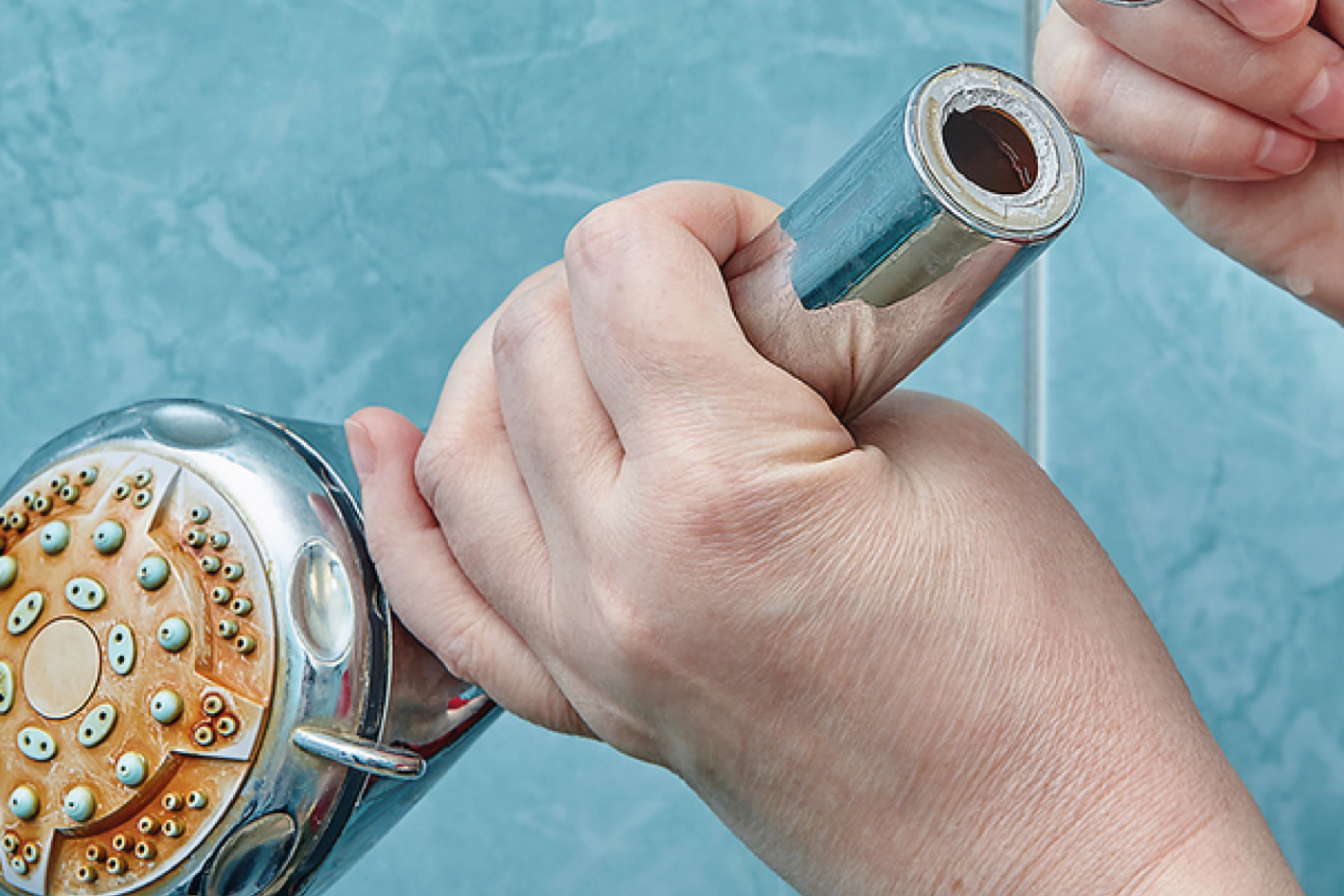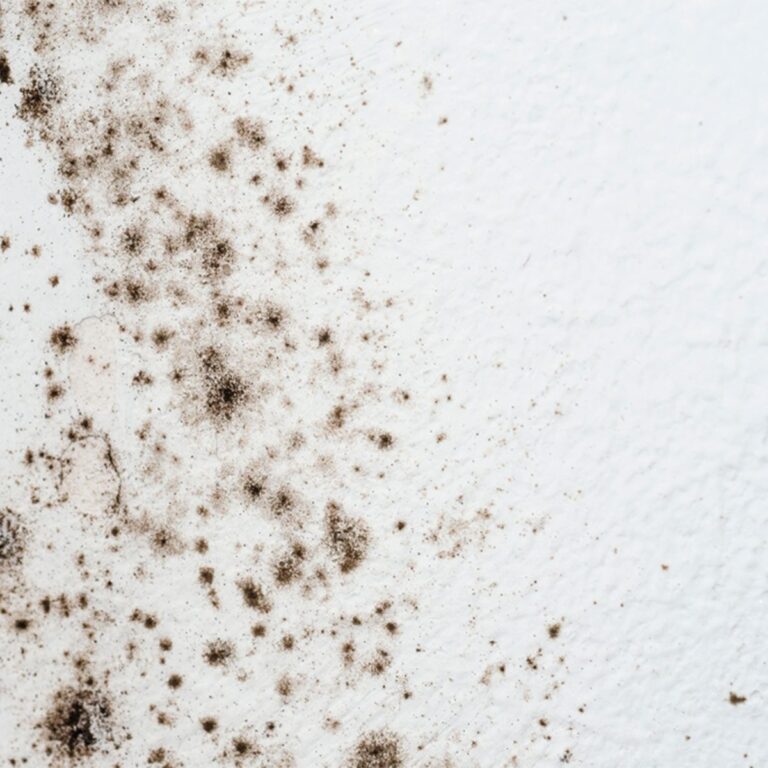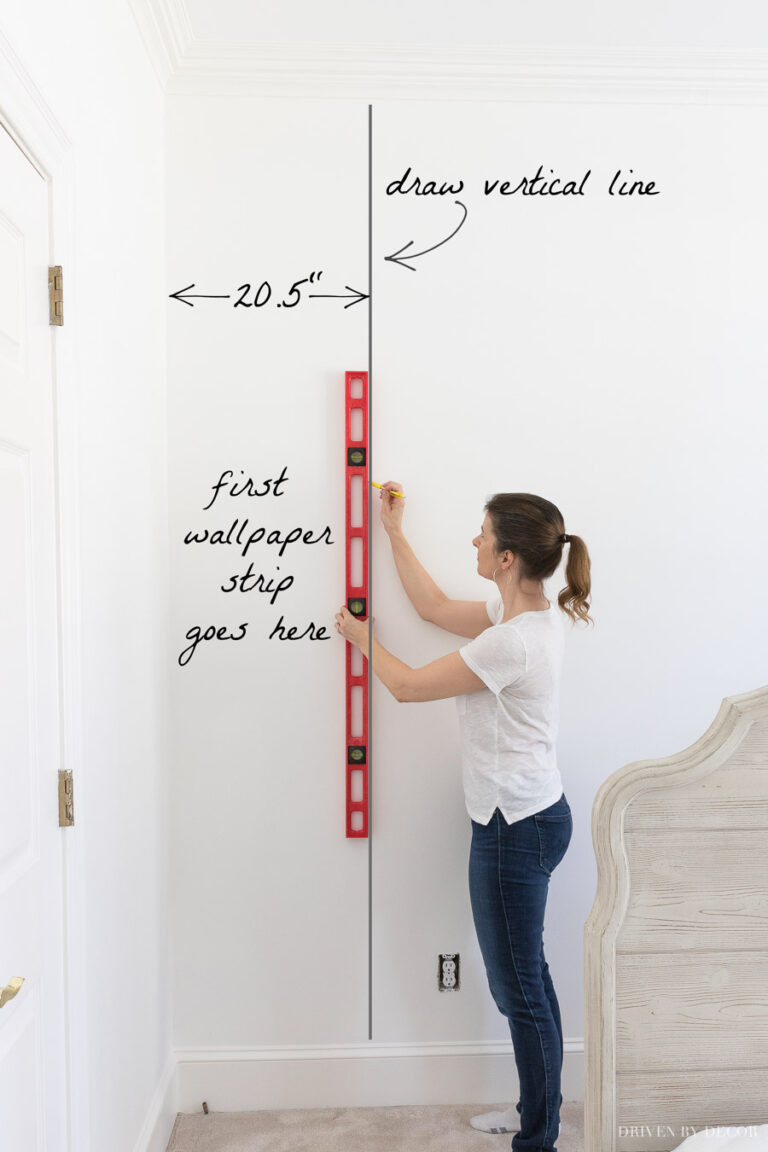HOW TO INCREASE WATER PRESSURE IN SHOWER
If you’re experiencing low water pressure in your shower, it can be a frustrating and inconvenient experience. Fortunately, there are a few tips and tricks you can use to increase the water pressure in your shower. From cleaning the shower head to checking the house’s main water supply, you can get the shower pressure back to normal in no time.
Understanding Water Pressure and Shower Heads
Having a strong water pressure in your shower can be an absolute game-changer. A powerful stream of water can invigorate and refresh you in the morning, or allow you to relax after a long day. To get the most out of your shower experience, you’ll need to understand the basics of water pressure and how to increase it in your shower.
Water pressure is the force in which water is pushed out of your plumbing system. The higher the water pressure, the more powerful the stream of water. In a typical home plumbing system, water pressure is created by a combination of the city’s water source and a pump or pressure tank. The city’s water source will have a certain amount of pressure, and the pressure tank or pump will add additional pressure.
The type of showerhead you choose also plays a role in water pressure. Low-flow shower heads are designed to reduce the amount of water used per shower, but will also decrease the pressure. High-pressure shower heads are more powerful and are designed to increase the pressure of the water. To maximize the water pressure in your shower, it’s best to use a high-pressure shower head.
Reasons for Low Water Pressure in Shower
Low water pressure in your shower can be incredibly frustrating, leaving you feeling disappointed every time you turn on the tap. But what causes it? There are a few reasons why you may be experiencing low water pressure in your shower.
The first cause is related to the water supply itself. If your main water supply is low, then your shower will be affected. The same is true if other appliances in your home are using a lot of water at the same time as you are taking a shower.
Another cause of low water pressure could be a blockage in the pipes. Over time, debris and sediment can build up in the pipes, causing a restriction in the flow of water. This can lead to low water pressure.
Lastly, there could be a problem with the shower head itself. If the holes in the head of the shower are blocked, then the pressure of the water can be reduced.
Steps to Increase Water Pressure in Shower
If you are looking to boost the water pressure in your shower, there are a few simple steps you can take to improve the flow of water. Firstly, check if the water pressure is low in other areas of your home such as faucets and sinks. If that is the case, it could be indicative of a larger plumbing issue and you should call a professional plumber for assistance. If the pressure is only low in the shower, then you can take the following steps to increase the water pressure and improve your showering experience.
Firstly, ensure that the showerhead is clean and free of any blockages. If you have a showerhead that features a removable faceplate, then you can take it apart and check for any debris or build-up. This is also a great opportunity to clean the showerhead with a vinegar and water solution.
Next, check the shower valve to make sure the water pressure is set to the highest setting. If the shower valve is adjustable, then you can adjust the water pressure to get the most out of your shower.
Maintaining a High Water Pressure in the Shower
If you’re looking to increase the water pressure in your shower, there are several steps you can take to accomplish this. From simple fixes, like ensuring your pipes are clear of debris and sediment, to more intensive solutions, like installing a water pressure booster, you can get the water pressure you need for a comfortable shower.
First, let’s look at some of the simpler solutions to increasing water pressure in your shower. If you can locate the main shut-off valve for your home, you can turn it off and back on quickly to help clear out any debris or sediment that may be clogging the pipes. You should also check the aerator on the shower head to make sure it is free of debris, which can also reduce water pressure. If that doesn’t work, you can try adding a low-flow shower head, which will increase the pressure of the water coming out.
:max_bytes(150000):strip_icc()/increase-low-shower-pressure-4052359_FINAL-e06ed996ea4e4b30836d24a86f45c003.png)
Cleaning and Maintenance of Shower Head
If you’re looking to increase the water pressure in your shower, one of the first steps is to check on the cleaning and maintenance of your shower head. This is because a build-up of limescale, minerals, and other impurities can clog the shower head and reduce the flow of water. To prevent such blockages, it is recommended to regularly clean the shower head.
One of the best methods of cleaning a shower head is to use a vinegar and baking soda solution. Simply mix the two ingredients in a bowl and use a cloth to apply the solution to the shower head. Let the solution sit for one hour and then rinse off with clean water. This should help to remove any limescale or mineral deposits.
You can also use a toothbrush or other soft brush to scrub away any hard-to-remove deposits. If you’re dealing with a particularly stubborn blockage, you can use a special shower head descaling solution to help break down the buildup.
Alternatives to Increasing Water Pressure in Shower
When it comes to increasing water pressure in a shower, there are many alternatives to consider. One option is to install a pressure-balancing valve, which helps regulate the flow of water within the shower and can help increase pressure. Additionally, installing a booster pump can help increase water pressure, although this is usually a more expensive option. Installing a shower head with an adjustable flow rate can also increase water pressure, and may be a more cost-effective choice. Moreover, fitting a shower head with multiple jets can help to increase water pressure, and provide a more luxurious shower experience. Finally, it is important to check that the pipes are clear of any blockages or debris, which can reduce water pressure. With these alternatives in mind, it is possible to increase the water pressure in your shower with relative ease.
FAQs About the HOW TO INCREASE WATER PRESSURE IN SHOWER
Q1. What can I do to increase water pressure in my shower?
A1. To increase water pressure in your shower, you can check the water pressure regulator, and clean any mineral deposits from the shower head, in addition to ensuring that the shower head is not blocked with debris or sediment.
Q2. How can I tell if there is a water pressure regulator in my shower?
A2. To check if there is a water pressure regulator in your shower, you will need to locate the water pressure regulator valve. This is usually located in the wall near the shower.
Q3. How often should I clean the mineral deposits from my shower head?
A3. To ensure that your shower head is working optimally, it is recommended that you clean the mineral deposits from your shower head every 3-4 months.
Conclusion
Increasing the water pressure in your shower can be easily done by a few simple steps. First, you should check if your shower head is clogged with mineral deposits and clean it if necessary. Secondly, you should make sure that the valves and pipes in your home are not blocked or restricted. Lastly, you can install a water pressure booster pump to help increase the water pressure in your shower. By following these steps, you should be able to increase the water pressure in your shower and enjoy a more powerful and invigorating showering experience.






